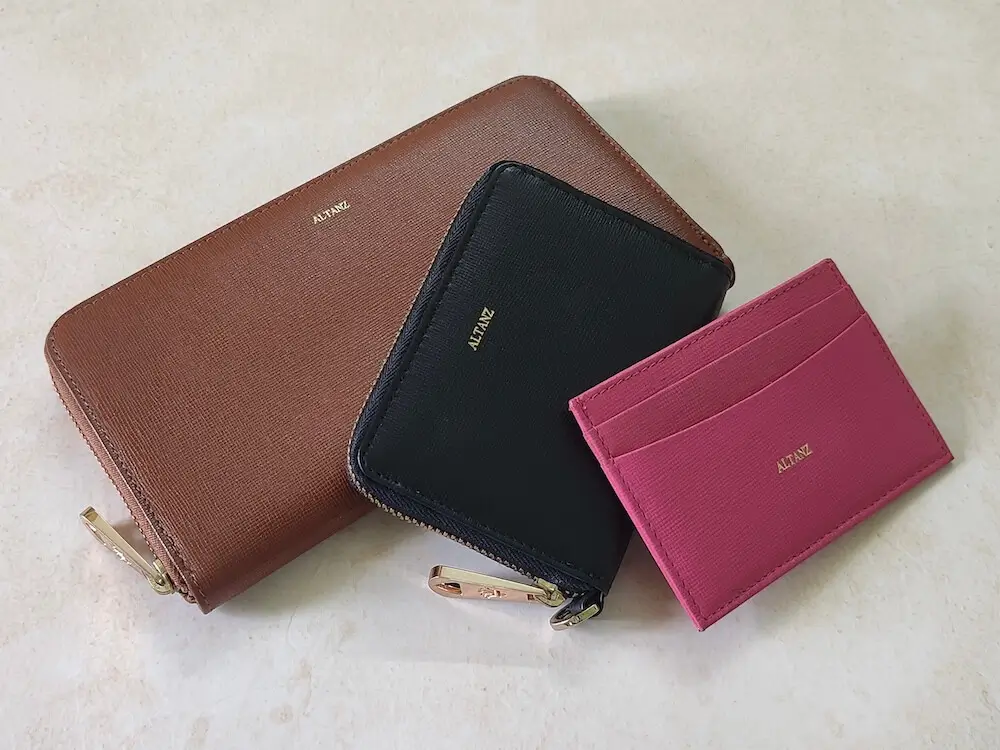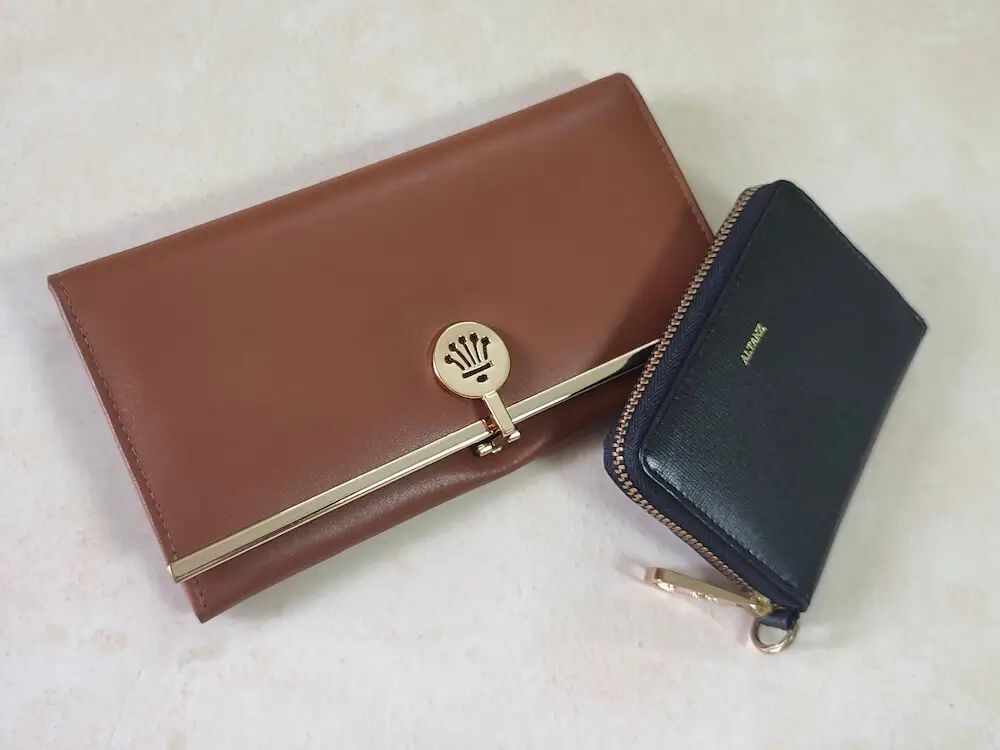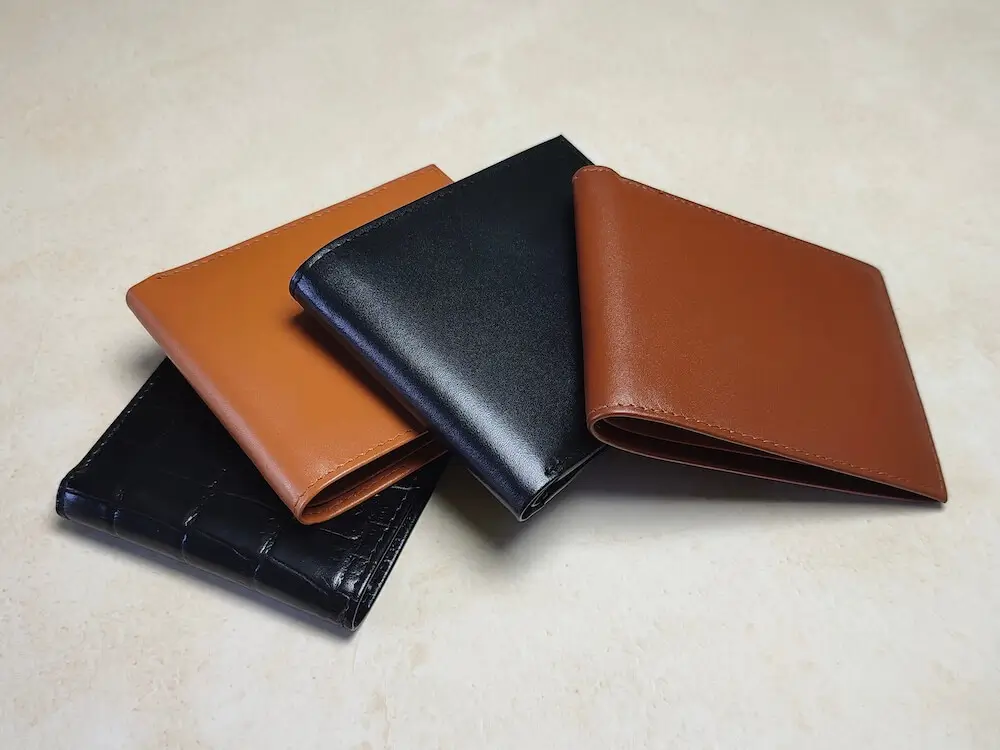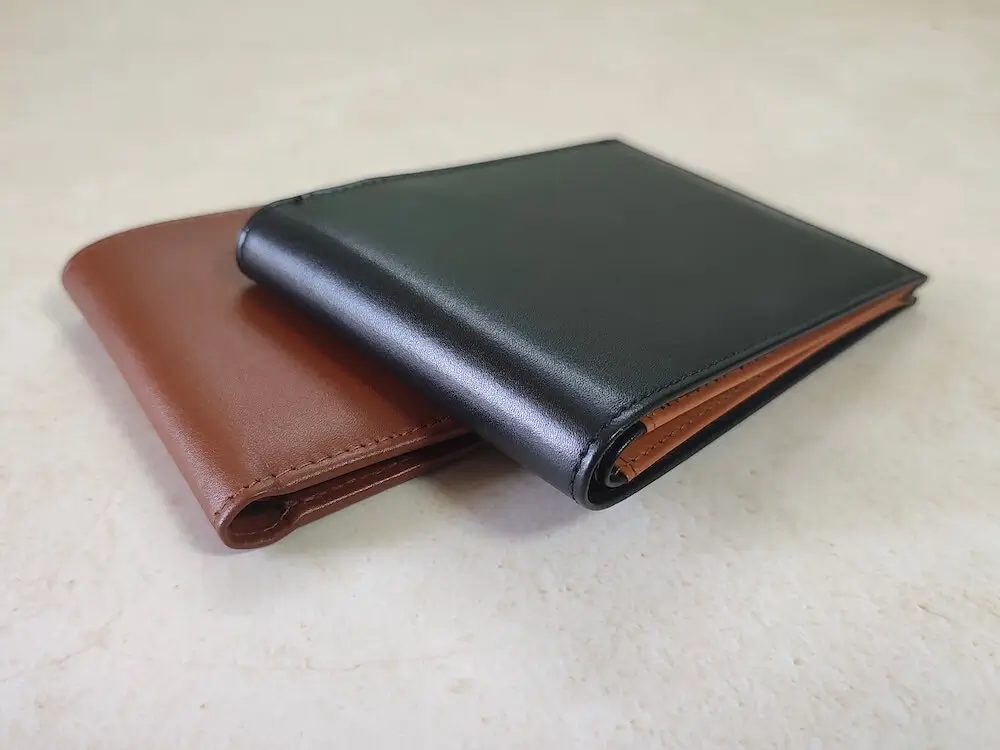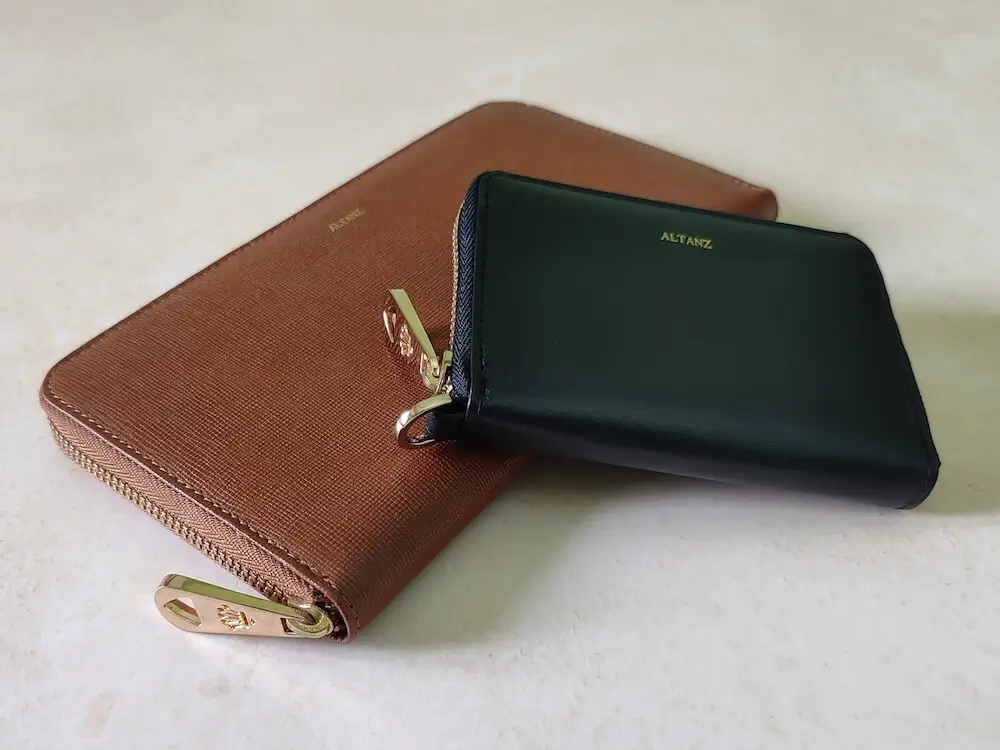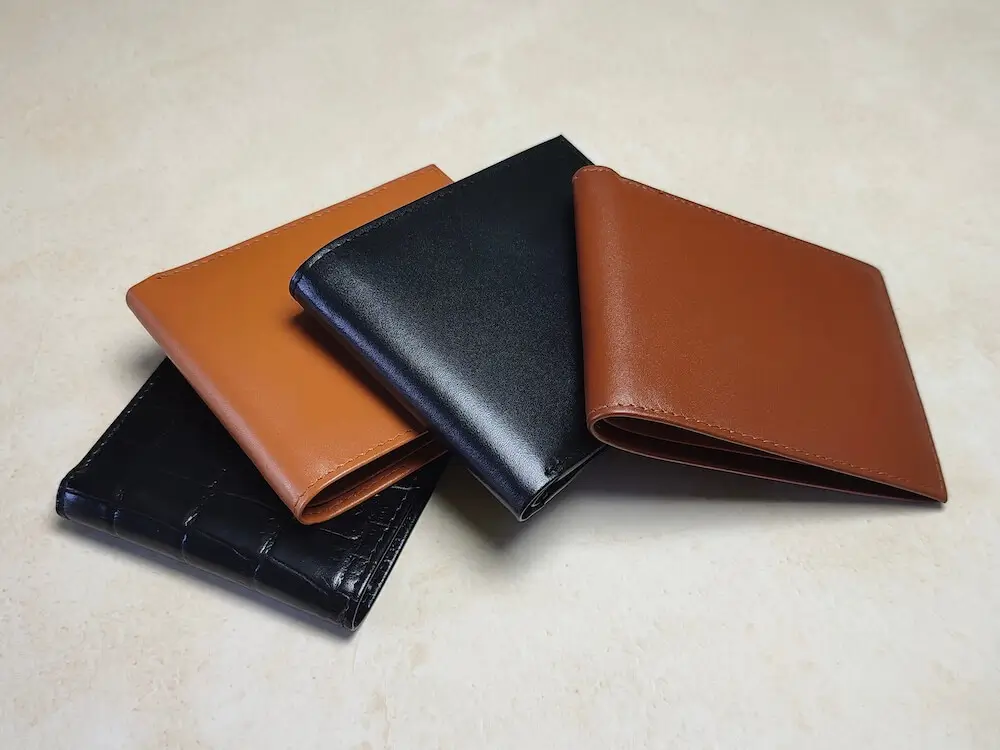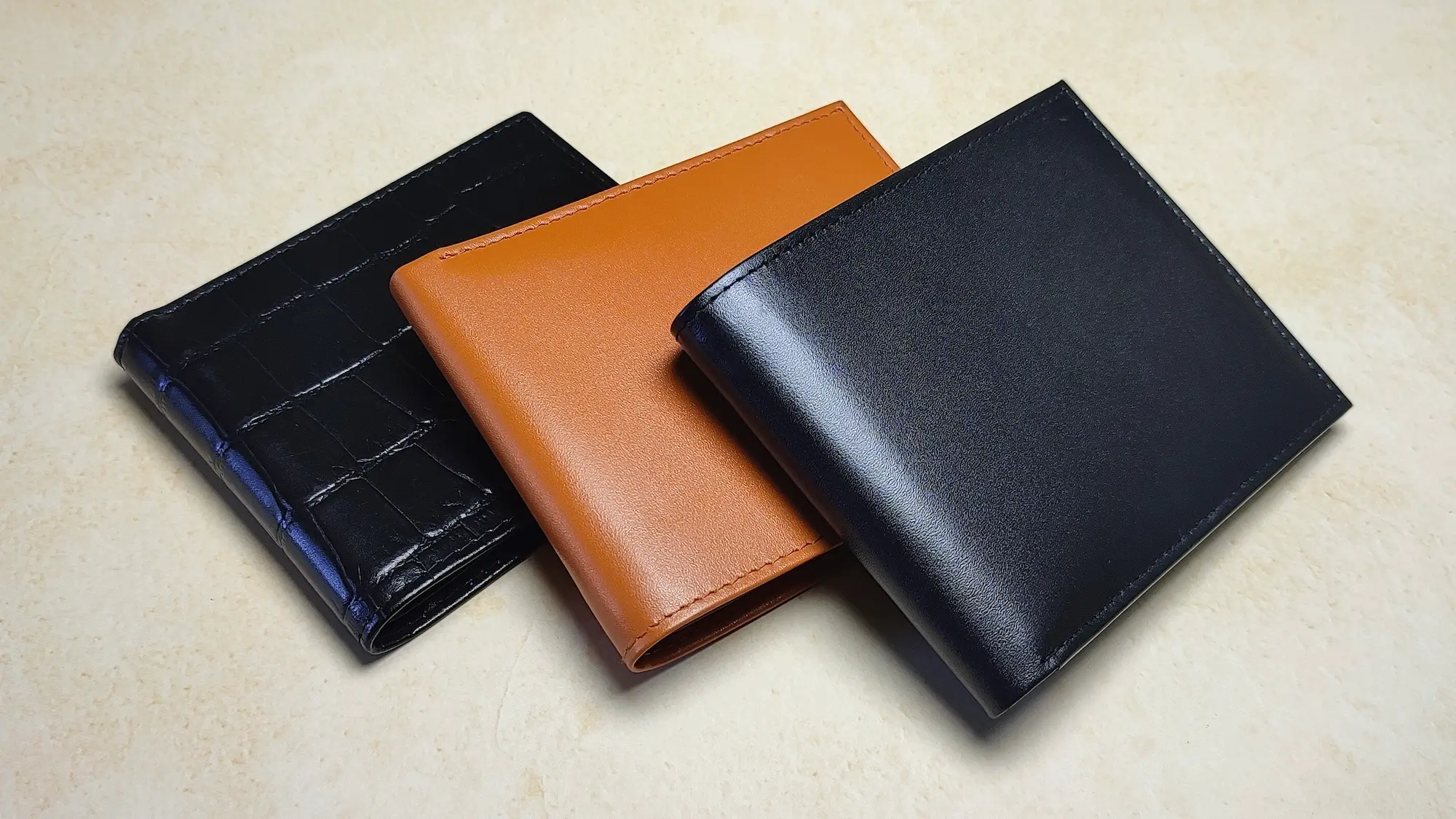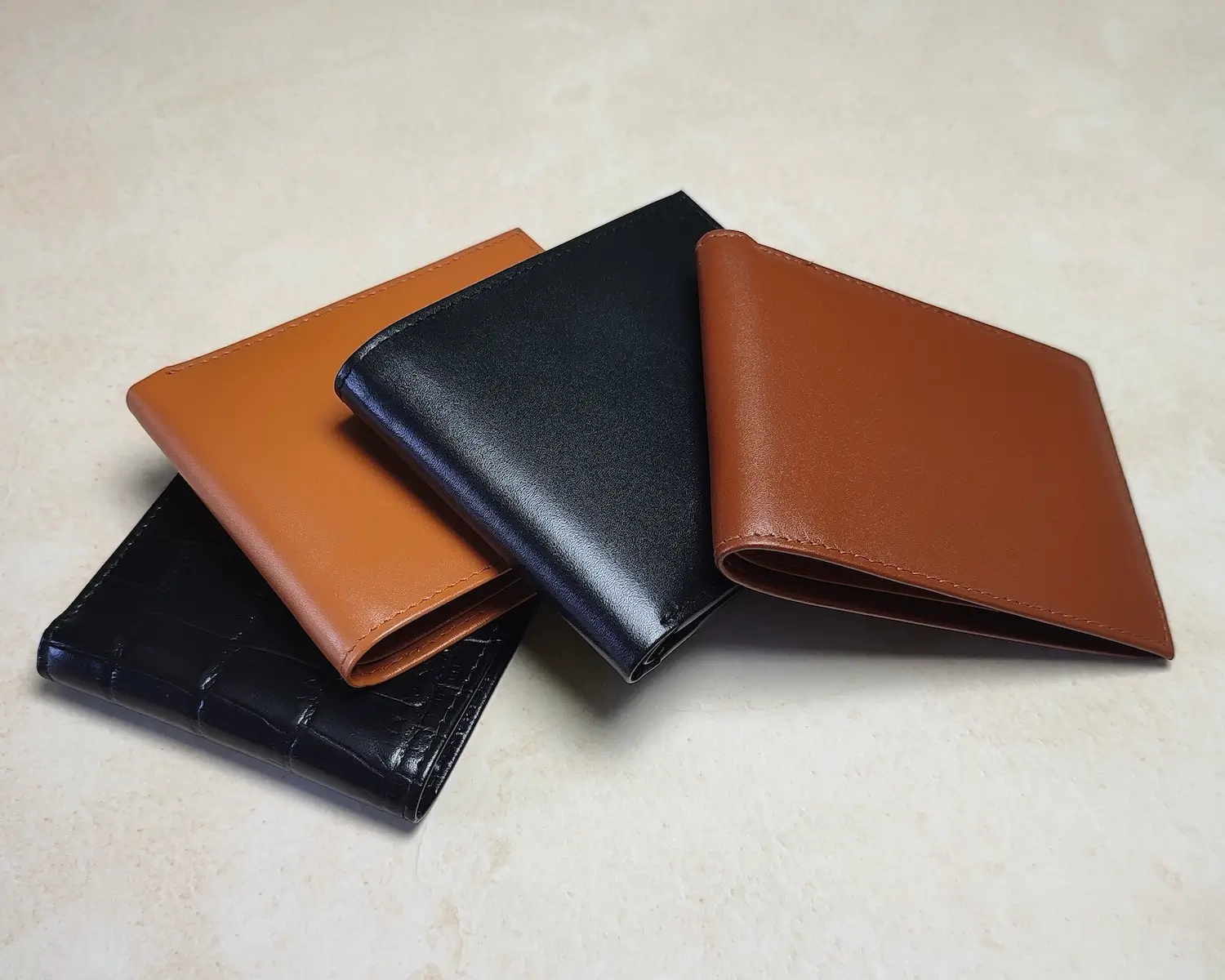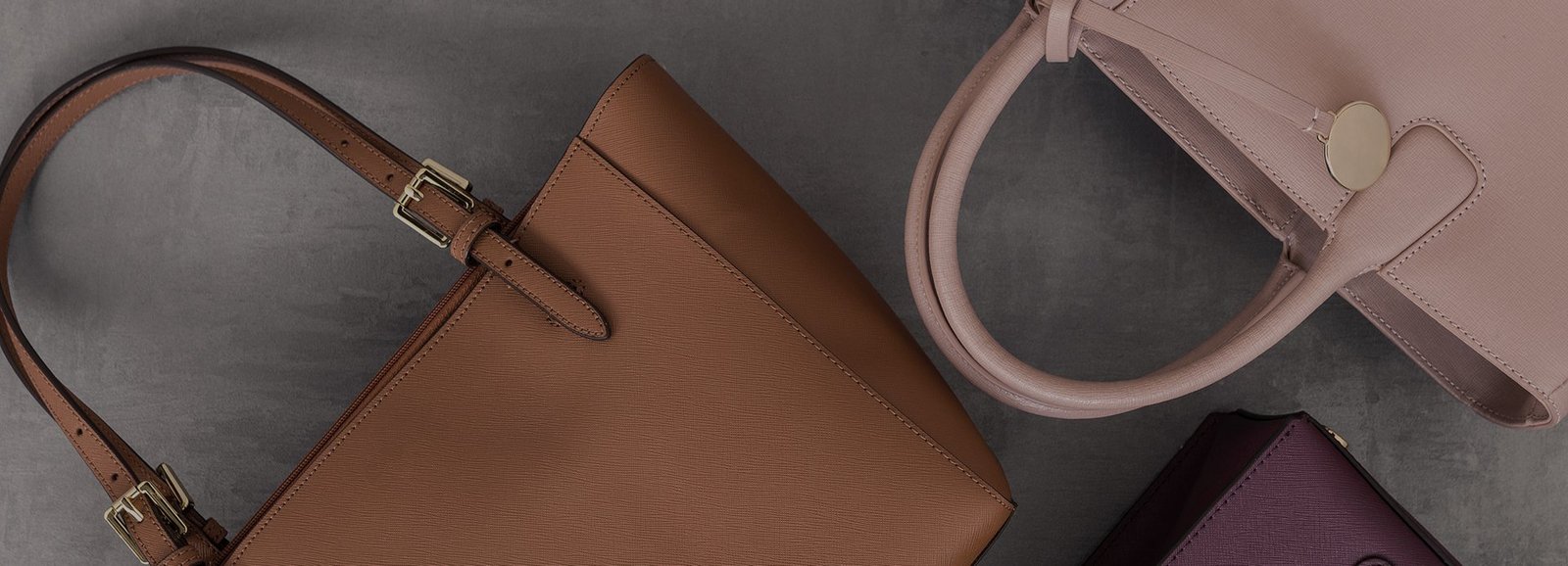Craftsmanship & Heritage
Sustainable Leather Production: What It Means and Why It Matters
Introduction
Leather has been a cornerstone of fashion and craftsmanship for centuries. However, traditional leather production processes have raised significant environmental and ethical concerns. Sustainable leather production offers a way to address these issues while maintaining the beauty, functionality, and durability of leather goods. In this guide, we’ll explore what sustainable leather production means, why it matters, and how it’s shaping the future of the industry.
Table of Contents
- Introduction to Sustainable Leather Production
- Key Components of Sustainable Leather Production
- Benefits of Sustainable Leather Production
- Challenges in Achieving Sustainability in Leather
- Innovations in Sustainable Leather Production
- Certifications and Standards for Sustainable Leather
- Vegan Leather vs. Sustainable Leather
- The Role of Consumers in Promoting Sustainability
- Brands Leading the Way in Sustainable Leather
- The Future of Sustainable Leather Production
- Conclusion
- FAQs
Introduction to Sustainable Leather Production
Sustainable leather production refers to methods that prioritize environmental protection, ethical practices, and long-term resource efficiency. This approach seeks to minimize harm at every stage of leather production, from sourcing raw materials to manufacturing and waste disposal.
Why is it important? The traditional leather industry is a major contributor to pollution, deforestation, and unethical labor practices. By adopting sustainable practices, the leather industry can reduce its negative impact while delivering high-quality, eco-friendly products that align with the values of conscious consumers.
Key Components of Sustainable Leather Production
Ethical Sourcing of Raw Materials
Sustainable leather production starts with responsibly sourced raw materials.
- Using Byproducts: Many sustainable practices focus on using hides that are byproducts of the meat industry, ensuring that no animals are raised solely for their skin.
- Ensuring Humane Practices: Ethical sourcing also includes treating animals humanely and adhering to welfare standards.
Eco-Friendly Tanning Processes
Traditional tanning methods often involve harmful chemicals like chromium, which can pollute water sources. Sustainable alternatives include:
- Vegetable Tanning: Using natural tannins from plants to create leather with reduced environmental impact.
- Chrome-Free Tanning: Eliminating the use of chromium to make tanning safer for workers and ecosystems.
Resource Efficiency
Efficient use of water, energy, and chemicals is a hallmark of sustainable leather production. Modern technologies help reduce waste and ensure that resources are used responsibly throughout the manufacturing process.
Benefits of Sustainable Leather Production
Environmental Impact Reduction
One of the primary goals of sustainable leather production is to lower the industry’s ecological footprint.
- Cleaner Tanning Processes: Reducing the use of toxic chemicals and recycling water helps protect natural ecosystems.
- Lower Carbon Emissions: Streamlining production methods reduces energy consumption and greenhouse gas emissions.
Promoting Circular Fashion
Sustainable leather production aligns with circular fashion principles by focusing on durability and repurposing waste. For example:
- Extending Product Lifespan: High-quality leather products last longer, reducing the need for replacements.
- Repurposing Scraps: Leather offcuts can be transformed into smaller goods, minimizing waste.
Ethical Labor Practices
Sustainability is not just about the environment—it’s also about people. Sustainable leather brands often prioritize:
- Fair Wages: Ensuring workers are paid fairly.
- Safe Working Conditions: Reducing exposure to harmful chemicals and providing protective equipment.
Challenges in Achieving Sustainability in Leather
Traditional Tanning and Its Environmental Footprint
Despite advancements, traditional chrome tanning remains widespread due to its efficiency and cost-effectiveness. However, its environmental downsides include:
- High levels of water and chemical waste.
- Difficulty in safely disposing of toxic byproducts.
Balancing Cost and Accessibility
Sustainable leather production often involves higher costs due to eco-friendly materials and practices. Making these products affordable and accessible remains a significant challenge for the industry.
Innovations in Sustainable Leather Production
The leather industry is undergoing transformative changes, driven by innovations aimed at reducing environmental harm and improving sustainability.
Bio-Fabricated Leather
Bio-fabricated leather, also known as lab-grown leather, is a groundbreaking alternative to traditional leather.
- What It Is: Made by cultivating animal cells or growing leather-like materials from fungi and other organisms.
- Advantages:
- Reduces reliance on animal agriculture.
- Eliminates the environmental impact of traditional tanning processes.
- Challenges:
- High production costs make it less accessible for mainstream markets currently.
Waste Management in Tanneries
Efforts to improve waste management in leather production have led to:
- Recycling Wastewater: Tanneries are adopting systems that treat and reuse water to minimize consumption.
- Repurposing Byproducts: Leftover leather scraps and residues are being transformed into new products, such as bonded leather or fertilizer.
These innovations reflect the industry’s commitment to reducing waste and conserving resources.
Certifications and Standards for Sustainable Leather
Certifications help consumers identify leather products that meet sustainability and ethical criteria.
Key Certifications
- Leather Working Group (LWG): Focuses on improving environmental practices in leather manufacturing, including water and energy usage.
- Cradle to Cradle Certification: Ensures that leather is produced sustainably and can be reused or recycled without harming the environment.
- Global Organic Textile Standard (GOTS): Applies to leather products that meet high ecological and social standards.
How Certifications Ensure Sustainability
These certifications guarantee:
- Transparency across the supply chain.
- Use of eco-friendly materials and processes.
- Ethical labor practices that prioritize workers’ rights and safety.
By choosing certified products, consumers can support responsible leather production.
Vegan Leather vs. Sustainable Leather
The debate between vegan leather and sustainably produced genuine leather is complex, with pros and cons for both.
Environmental and Ethical Aspects of Vegan Leather
-
Pros:
- Avoids animal agriculture entirely, appealing to cruelty-free advocates.
- Innovations like Piñatex (pineapple leather) and mushroom leather are more eco-friendly than synthetic vegan leathers.
-
Cons:
- Many vegan leathers are made from plastics, contributing to microplastic pollution.
- Less durable than genuine leather, leading to shorter product lifespans.
Why Sustainable Leather Remains a Viable Choice
- Durability: High-quality leather can last for decades, reducing the need for replacements.
- Responsible Sourcing: When produced ethically, genuine leather minimizes waste by using animal byproducts.
Both options have their place, but sustainable leather combines tradition, durability, and responsible practices.
The Role of Consumers in Promoting Sustainability
As a consumer, your choices can significantly influence the demand for sustainable practices in the leather industry.
Making Informed Choices
- Research Brands: Look for transparency in sourcing and certifications like LWG or GOTS.
- Read Reviews: Customer feedback often highlights whether brands deliver on their sustainability promises.
Embracing Longevity Over Fast Fashion
Investing in durable, high-quality leather goods aligns with the principles of sustainability. By choosing fewer, better items, you can reduce waste and support ethical practices.
Brands Leading the Way in Sustainable Leather
Luxury Brands
- Gucci: The brand’s “Gucci Equilibrium” initiative focuses on sustainable leather production and eco-conscious design.
- Hermès: Hermès is exploring lab-grown leather to reduce its environmental impact.
- Stella McCartney: Known for its cruelty-free fashion, Stella McCartney champions vegan leather alternatives.
Small-Scale Producers
Independent artisans and niche brands are also driving change by:
- Sourcing local and sustainable materials.
- Creating handcrafted goods that prioritize quality over mass production.
Supporting these brands promotes both sustainability and craftsmanship.
The Future of Sustainable Leather Production
The future of leather production is rooted in innovation and collaboration.
- Technological Advancements: Bio-fabricated leather and plant-based alternatives will continue to improve, making sustainable options more accessible.
- Increased Consumer Awareness: As consumers demand greater transparency, brands will invest more in sustainable practices.
- Regulations and Policies: Governments and organizations are likely to impose stricter regulations on waste management and chemical use in leather production.
These trends indicate a promising shift toward a more ethical and sustainable leather industry.
Conclusion
Sustainable leather production is not just a trend—it’s a necessity for the future of fashion and the planet. By embracing eco-friendly tanning processes, ethical sourcing, and innovative technologies, the leather industry is taking steps toward reducing its environmental impact. As consumers, we play a crucial role in supporting this transformation by choosing high-quality, sustainable leather products and encouraging brands to adopt responsible practices. Together, we can ensure that leather continues to be a timeless, sustainable material for generations to come.
FAQs
-
What defines sustainable leather production?
Sustainable leather production minimizes environmental harm through ethical sourcing, eco-friendly tanning, and efficient resource use. -
How does vegetable tanning differ from traditional tanning methods?
Vegetable tanning uses natural plant-based tannins, reducing chemical pollution compared to chrome tanning. -
What are the benefits of bio-fabricated leather?
Bio-fabricated leather reduces reliance on animal agriculture and eliminates the need for traditional tanning processes. -
Are luxury brands embracing sustainable leather practices?
Yes, brands like Gucci, Hermès, and Stella McCartney are leading the way with eco-conscious initiatives. -
How can consumers identify sustainable leather products?
Look for certifications like Leather Working Group (LWG) and Cradle to Cradle, and research brands for transparency in their practices.
FAQ : Frequently Asked Questions
Sustainable Leather Production: What It Means and Why It Matters
Answer:
Sustainable leather production minimizes environmental harm through ethical sourcing, eco-friendly tanning, and efficient resource use.
Answer:
Vegetable tanning uses natural plant-based tannins, reducing chemical pollution compared to chrome tanning.
Answer:
Bio-fabricated leather reduces reliance on animal agriculture and eliminates the need for traditional tanning processes.
Answer:
Yes, brands like Gucci, Hermès, Altanz and Stella McCartney are leading the way with eco-conscious initiatives.
Answer:
Look for certifications like Leather Working Group (LWG) and Cradle to Cradle, and research brands for transparency in their practices.


